- Submissions

Abstract
Advances in Complementary & Alternative medicine
Molecular Targets of Ashwagandha (Withania Somnifera), Korean Ginseng (Panax Ginseng), Brahmi (Bacopa Monneri) and Gotu Kola (Centella Asiatica) in the Treatment of Autism Spectrum Disorder (ASD): A Global Health Perspective
-
Open or CloseChelsea L Vu1 and Priya Weerasinghe2*
1McGovern Medical School, The University of Texas Health Science Center at Houston (UTHealth), USA
2Department of Pathology and Laboratory Medicine, The University of Texas Health Science Center at Houston (UTHealth), USA
*Corresponding author:Priya Weerasinghe, Department of Pathology and Laboratory Medicine, McGovern Medical School, The University of Texas Health Science Center at Houston (UTHealth), Houston, TX 77030, USA
Submission: October 08, 2024;Published: October 24, 2024

ISSN: 2637-7802Volume8 Issue3
Abstract
Autism Spectrum Disorder (ASD) is a multifaceted neurodevelopmental disorder characterized by persistent, abnormal social impairment and restrictive, repetitive behavior. Though highly variable, a number of dysregulated physiological processes have been implicated in the pathogenesis of autism. Among these, the most commonly reported findings include heightened inflammation, inappropriate immune responses, oxidative stress, neuronal impairment and gastrointestinal disturbances. In western medicine, the medications prescribed to patients typically target the comorbidities experienced by individuals with autism, rather than these physiological disruptions. Stimulants, anxiolytics, antidepressants, antipsychotics, benzodiazepines and anticonvulsants are frequently prescribed to patients with ASD to address comorbidities, such as ADHD, anxiety, mood disorders and epilepsy. Due to the diversity in autism pathogenesis and its presentation, as well as the prevalence of comorbidities experienced by this population, multiple drugs are often simultaneously taken by patients with ASD and with variable efficacy. The resulting toxicities and side effects arising from these medications and their drug interactions have the potential to further complicate ASD symptomatology. In light of these concerns, the search for more efficacious and less toxic treatments remains crucial. In recent years, traditional herbal remedies have gained traction in western countries, and scientific support for their use in the treatment of various diseases and disorders, such as cancer, anxiety, depression, and ADHD, continues to be discovered. For individuals with ASD, herbal remedies have the potential to meet the need for individualized and minimally toxic treatments that address the spectrum of comorbidities and physiologic abnormalities presented within autism pathogenesis. This review of the literature is primarily intended to highlight molecular targets in the treatment of ASD and to kindle a discussion on promising herbal agents, such as Ashwagandha (Withania somnifera), Korean Ginseng (Panax Ginseng), Brahmi (Bacopa monneri) and Gotu Kola (Centella asiatica) in the use of ASD management within traditional and modern systems of medicine across the world. From a global health perspective, this review of the published material on ASD serves to deepen the understanding of herbal remedy use in the modern era and to explore ways of incorporating certain practices of traditional medicine into western medicine.
Keywords:Autism spectrum disorder; Herbal remedies; Withania somnifera; Ashwagandha; Panax Ginseng; Korean ginseng; Bacopa monneri; Brahmi; Centella asiatica; Gotu kola; Global health
Abbreviations:A2: Alpha-2; Abat: GABA Catabolic Enzyme; Ach: Acetylcholine; AChE: Acetylcholinesterase; AD: Alzheimer’s Disease; ADHD: Attention-Deficit Hyperactivity Disorder; AKT: Protein kinase B; AMP: Adenosine Monophosphate; APA: American Psychiatric Association; ASD: Autism Spectrum Disorder; ATPase: Adenosine Triphosphatase; Aβ: β-amyloid; Bax: Bcl-2 Associated X Protein; BC: Before Christ; Bcl: B- cell lymphoma; BcL-x: B- cell lymphoma extra-large gene; c-myc: Cellular Myelocytomatosis Oncogene; Ca2+: Calcium; CA3: Cornu Ammonis Region 3; CAT: Catalase; CCL2: C-C Motif Chemokine Ligand 2; CCL5: C-C Motif Chemokine Ligand 5; CD14: Cluster of Differentiation 14; CD4: Cluster of Differentiation 4; CD80: Cluster of Differentiation 80; CD83: Cluster of Differentiation 83; CD86: Cluster of Differentiation 86; CNS: Central Nervous System; COX-2: Cyclooxygenase-2; CREB: Cyclic AMP Response Element Binding Protein; CRH: Corticotropin- Releasing Hormone; CYP: Cytochrome P450; DNA: Deoxyribonucleic Acid; DSM-5: Diagnostic and Statistical Manual, Fifth Edition; eNOS: Endothelial Nitric Oxide Synthase; EU: European Union; FADD: Fas-Associated Death Domain; FDA: Food and Drug Administration; FNE: First Night Effect; GABA: Gamma- Aminobutyric Acid; GABA-T: GABA Transaminase; GAD: Glutamic Acid Decarboxylase; GAT1: Neuronal GABA Transporter; GDNF: Glial Cell Line-Derived Neurotrophic Factor; GI: Gastrointestinal; GPx: Glutathione Peroxidase; GSH: Reduced Glutathione H2o2: Hydrogen Peroxide; HPA: Hypothalamus-Pituitary- Adrenal; HUVECs: Human Umbilical Vein Endothelial Cells; IFN-y: Interferon Gamma; IL-17: Interleukin-17; IL-1B: Interleukin-1 beta; IL-6: Interleukin-6; IL-8: Interleukin-8; iNOS: Inducible Nitric Oxide Synthase; JAK/STAT: Janus Kinase/ Signal Transducer and Activator of Transcription; K+: Potassium; kg: Kilogram; KSS: Kwansei-Gakuin Sleepiness Scale; LD: Lethal Dose; LPS: Lipopolysaccharide; MAPK: Mitogen-Activated Protein Kinase; MCI: Mild Cognitive Impairment; MCL-1: Myeloid Cell Leukemia-1; MCP-1: Monocyte Chemoattractant Protein-1; MDA: Malondialdehyde; mg: Milligram; Mg2+: Magnesium; MHC: Major Histocompatibility Complex; MMSE: Mini-Mental State Examination; mTOR: Mammalian Target of Rapamycin; Na+: Sodium; NF-kB: Nuclear Factor-Kappa Beta; NMDA: N-Methyl-D-Aspartic Acid; NO: Nitric Oxide; NT: Neurotensin; P38: P38 Mitogen-Activated Protein Kinase; P53: Tumor Protein p53; PGE2: Prostaglandin E2; PHA: Phytohemagglutinin; PTZ: Pentylenetetrazol; PWM: Pokeweed Mitogen; Rb1: Ginsenoside Rb1; Rb2: Ginsenoside Rb2; Rb3: Ginsenoside Rb3; Re: Ginsenoside Re; Redox Reduction-oxidation; REM: Rapid Eye Movement; RET: Rearranged During Transfection; Rg1: Ginsenoside Rg1; RGE: Red Ginseng Extract; Rh1: Ginsenoside Rh1; RIP: Receptor-Interacting Protein; ROS: Reactive Oxygen Species; SOD: Superoxide dismutase; SSRI: Selective Serotonin Reuptake Inhibitor; STAI: State-Trait Anxiety Inventory; STAT3: Signal Transducer and Activator of Transcription 3; STZ: Streptozotocin; TGF-B: Transforming Growth Factor Beta; Th1: T-helper Cell Type 1; Th17: T-Helper Cell Type 17; Th2: T-Helper Cell Type 2; TLR: Toll-Like Receptor; TNF-a: Tumor Necrosis Factor- Alpha; TRAF2: TNF-R–Associated Factor 2; US: United States; USP: United States Pharmacopeia; UV: Ultraviolet; VEGF: Vascular Endothelial Growth Factor; WHO: World Health Organization; XO: Xanthine Oxidase
 a Creative Commons Attribution 4.0 International License. Based on a work at www.crimsonpublishers.com.
Best viewed in
a Creative Commons Attribution 4.0 International License. Based on a work at www.crimsonpublishers.com.
Best viewed in 







.jpg)
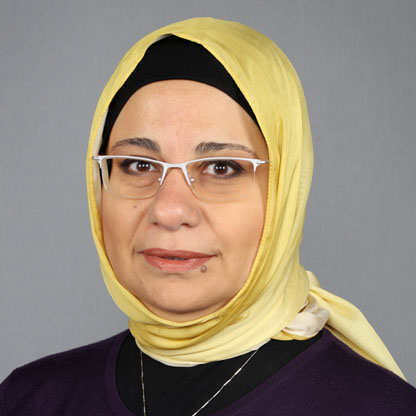


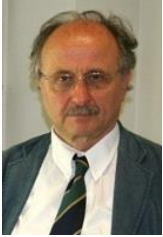


























 Editorial Board Registrations
Editorial Board Registrations Submit your Article
Submit your Article Refer a Friend
Refer a Friend Advertise With Us
Advertise With Us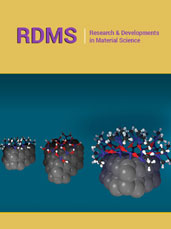
.jpg)
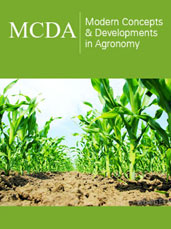
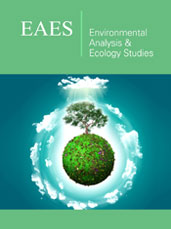


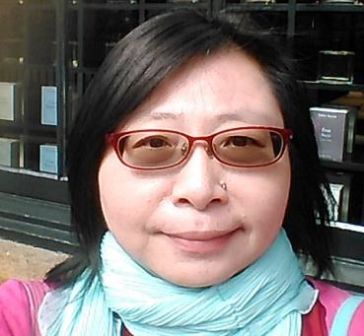
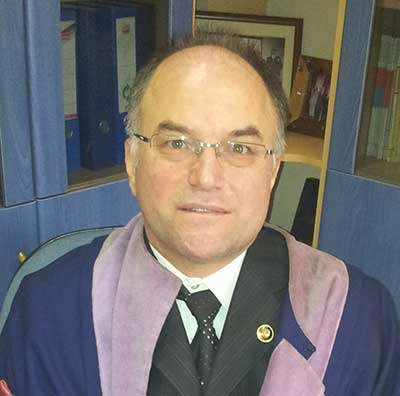
.jpg)




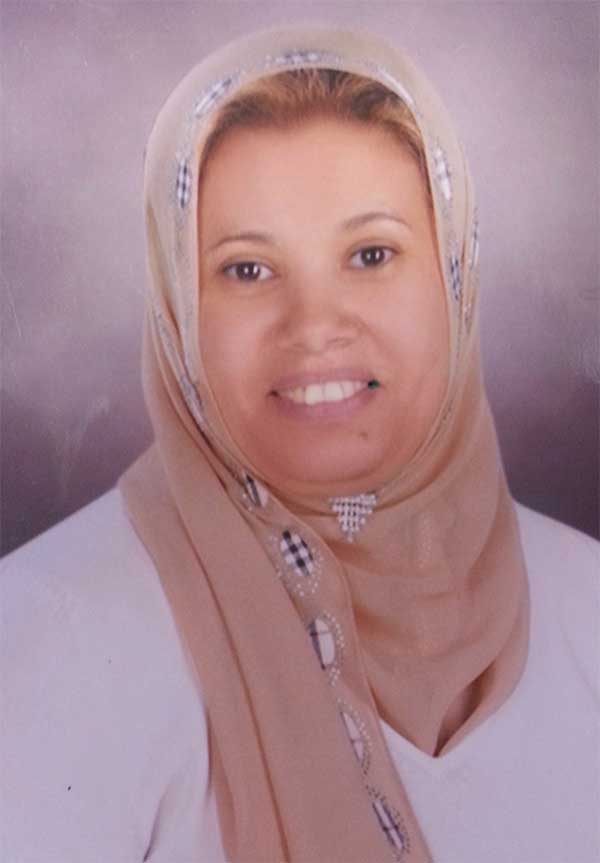









.bmp)
.jpg)
.png)
.jpg)







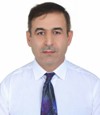


.jpg)






.png)

.png)



.png)






